Each month V.D. Kaviraj answers questions about plants and plant problems. Kaviraj is one of the foremost pioneers of Agro-homeopathy and author of the book, Homeopathy for Farm and Garden. The completely revised and enlarged edition with an additional 176 pages is now available:
Send your questions! Provide as much information as you can and pictures when possible – JPG or GIF format) to [email protected] with the subject “Plant Doctor”.
Note: When I refer to treating plants with homeopathic remedies, this is the standard dosing procedure: Put 20 drops of a 6X potency in a litre of water. Succuss the bottle 50 times. Put this litre in the watering can,fill it up with 19 litres of tap water and stir. If the watering can is smaller, the amount of remedy put in must be proportionally smaller. Thus a 10 litre can needs only ½ litre and just 10 drops of the remedy. Apply the contents of the watering can to the roots of the plants to be treated. –V.D. Kaviraj
—————
Dear Mister Kaviraj,
Firstly I apologize for my English. My first question is about the way and the number of treatment. For example to treat black spot of roses what do you recommend: to treat before the first signs of black spot, or at the beginning of the disease? Is it possible to spray in place of watering, because I have more than 80 climbing and rose bushes. Is it necessary to repeat the spraying or watering ? if yes how many times?
My second question is about the right remedy for black spot: sometimes I read Belladona or Sulfur, sometimes Silicea; what are the criteria to make a choice?
I hope your book will be translated in French
Michel Lafont – Senlis FRANCE
Bonjour Michel,
My book will come out in French in the Spring. Belladonna helps only palliatively and Sulphur is the best follow-up. Since it is a fungal disease, Silicea is indicated when the plants are weak and struggling. The dose has been given below. It is the same for all plants and watering is better than spraying, just as it is better to take the remedy by mouth instead of showering in it.
—————————————————
Dear Dr. Kaviraj,
This last year we had problem with peppers and some other vegetables.
This discoloration may be a virus, but we’re not sure. Can you help?
Thank you!
Tom and Marge Harell
Hi Tom and Marge,
I have never seen anything like this before. It looks like the skin is blistering. What is the position of the plants and where do you live? The colouration anomaly is probably caused by hybridisation. Sometimes the plant reverts to one of the parents and changes colour. Is there any rotting happening inside the peppers?
—————————————————
Dr. Kaviraj,
I love your column each month. I have many Yew trees and they’ve been attacked by this critter I’ve identified as the Black Vine Weevil (see below). Is there something holistic I can do to deal with this problem?
Appreciatively,
Roger Hemmings
Hi Roger,
The vine weevil is a borer, and in such cases you have 2 options. The first is Thuja, which will protect the trees against the toxic saliva of the beetle and makes it unpalatable for them. They also start laying eggs under the bark and the larva damages the trees. The second option is Ledum, which is specific for puncture wounds. My suggestion is to try both remedies on different trees to see which works best.
—————————————————
Dear Kaviraj,
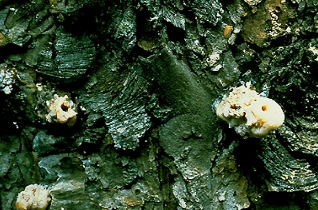
Thank you
Brian Hoyer
Hi Brian,
Like the above problem, the same remedies apply. The bark beetle is a borer, and in such cases you have 2 options. The first is Thuja, which will protect the trees against the toxic saliva of the beetle and makes it unpalatable for them. They also start laying eggs under the bark and the larva damages the trees. The second option is Ledum, which is specific for punctured wounds. My suggestion is to try both remedies on different trees to see which works best.
—————————————————
V.D. Kaviraj is Vice President, World Homoeopathic Association UK Chapter.
Member Advisory Board Applied Research in Homeopathy Foundation of Canada
Honourable President at Institute de Recherche en Homeopatie Appliquee de Madagascar
Gold Medal Lifetime Achievement Award.
Author “Homoeopathy for Farm and Garden.”
Available in 12 languages. 13 in progress.
https://hpathy.com/agrohomeopathy/
http://homeopathyplus.com.au/?cat=16
https://www.youtube.com/user/VDKaviraj?feature=mhee#g/u

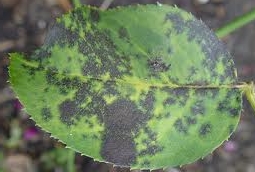

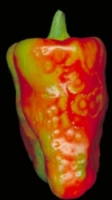
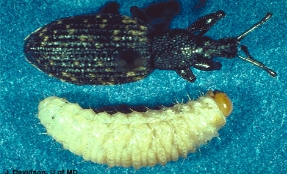
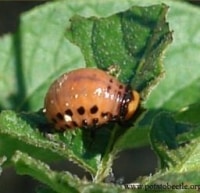

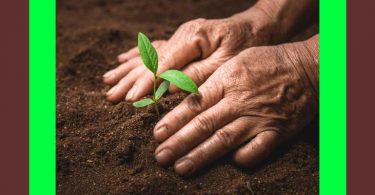
Dear Dr. Kaviraj,
I am Mr. Ashok Auti from India. I came to know about you through internet and learnt that you are dealing in agro homeopathic products which are 100% safe and ecofriendly. First time I came to know that homeopathic medicines are also available to treat various pest and diseases.
This communication is basically to know more about this concept and mode of action of agrohomeopathy.
I will appreciate if you could send us more about this technology so as to enable us to understand the same and use in our country.
With regards,
Ashok Auti
+91 9423173345
R.I.P. Dr Kavijaj. The world will miss you. Your place where you gave directions and advice will be empty. Thanks for the change. contribution that you made to the world.
Thank you for sharing this information, keep sharing this type of posts.